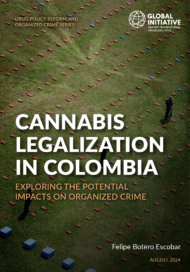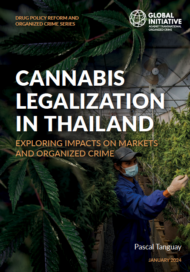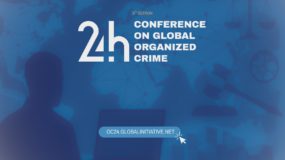Posted on 11 Nov 2024
Coca legalization in Peru could reshape the economy, drug control policies, and even the influence of organized crime, but the implications are complex. This report explores how moving from prohibition to a regulated market affects not only the legal framework but also the ground reality for coca growers, consumers, and law enforcement. Legalization doesn’t just mean lifting restrictions; it involves constructing a regulatory structure that acknowledges coca as both a cultural staple and a consumer good.
The study reveals that while legalization could reduce the criminalization of coca production, it also creates new challenges. Ensuring a legal supply chain for coca derivatives, from cultivation to sale, demands extensive state oversight—a task complicated by limited resources and a history of challenges with other legal commodities like timber and gold. Moreover, organized crime could exploit the gaps in regulation, adapting to the legal framework while maintaining parallel illegal operations.
The analysis dives into four major areas of impact: changes in drug policy, shifts in organized crime dynamics, effects on the local economy of coca growers, and potential shifts in consumer patterns. The findings suggest that legalization could reduce repressive policing but require intensified regulatory control, putting immense pressure on Peru’s state capacity. Organized crime may also adapt to the new structures, blending illegal activities with legal coca businesses.
This study also highlights lessons from other industries that have moved from illicit to regulated markets, providing a balanced view of possible outcomes. While coca legalization could offer a path away from prohibition’s punitive approach, the transition to a regulated market could mean ongoing challenges.




